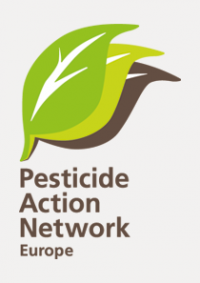Following a request by the European Commission, the European Agencies -European Food Safety Authority (EFSA), European Chemical Agency (ECHA)- with the assistance of Commission’s Joint Research Centre (JRC), have produced a guidance document for identifying endocrine disruptors under EU legislation for pesticides and biocides.
The Guidance is providing an implementation strategy of the set of draft criteria that the Commission and Member States agreed upon[1], to identify pesticide and biocide substances with endocrine disrupting properties that may cause adverse effects in humans and non-target organisms (other than the target pest).
The Pesticide (EC 1107/2009) and Biocide (EC 528/2012) Regulations clearly state that substances with endocrine disrupting properties for humans or non-target organisms should not be authorised. Overall, the two Regulations are underpinned by the precautionary principle and emphasize that pesticide and biocide substances shall have no harmful effects on human health, including of vulnerable groups, or animal health, or any unacceptable effects on the environment.
PAN Europe has been an observer during the development of the document as EFSA stakeholder and provided comments internally during the expert group consultation. A final draft was published in December 2017. Below are the comments provided by PAN Europe provided in this last public consultation, which ended on 31st of January 2018.
https://comments.echa.europa.eu/comments_cms/PC_ED_Guidance.aspx
[1] For the last version of the criteria go to https://ec.europa.eu/health/endocrine_disruptors/next_steps_en
